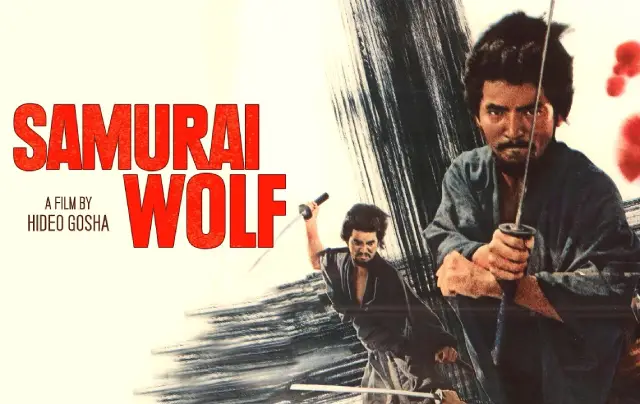
Hideo Gosha’s Samurai Wolf (Kiba Okaminosuke) is a gritty, hard-edged, and bloody reimagining of the traditional chambara film—a genre of action-oriented, historical sword-fighting movies that enjoyed widespread popularity in Japan throughout the 1950s but had begun to decline by the mid-1960s. Gosha had already established his reputation in this genre with films such as his debut feature, Three Outlaw Samurai (Sanbiki no samurai, 1964), a prequel to a popular television series, and Sword of the Beast (Kedamono no ken, 1965). These works established Gosha as a renegade artist unafraid to break conventions, a reputation that Samurai Wolf only cemented.
Set in the remote wilderness of feudal Japan, the film introduces us to the ronin Kiba Okaminosuke (Isao Natsuyagi), whose name means "Furious Wolf." Kiba is almost the opposite of the traditional noble, morally upright samurai; he is a perennial outsider, a wandering and penniless loner, scruffy and unkempt, lacking in manners. We first encounter him in close-up shots as he voraciously devours bowls of rice, much of which ends up in his beard, and none of which he can afford to pay for. Despite his disheveled appearance, Kiba is a master swordsman and a man of honor who feels a strong inclination to protect the underdog and risk his life for the good of others. Isao Natsuyagi, relatively new to film with a background in theater, portrays Kiba with a blend of rough charisma, confidence, and sentimental charm. Kiba is a character full of contradictions; while he brags about not bathing for over a year, he meticulously trims his beard and, in one scene, tenderly clips the toenails of a young prostitute.
Samurai Wolf, the first of two films featuring this character, places Kiba in the midst of a conflict between Nizaemon (Tatsuo Endo), a local gang leader, and Chise (Junko Miyazono), a blind widow who has inherited her town’s courier post. Nizaemon, seeking control over all the mail routes, escalates from blackmail to outright violence, a fact made clear when Kiba witnesses the murder of two of Chise’s couriers by Nizaemon's men. Drawn to Chise’s situation, Kiba agrees to help her protect a shipment of 30,000 gold coins from the shogun, which Nizaemon plans to steal. The plot thickens with the introduction of Akizuki Sanai (Ryohei Uchida), a swordsman hired by Nizaemon who has a dark past involving the massacre of the aforementioned prostitute’s family, adding a layer of personal vengeance to the story.
The influence of 1960s Westerns, particularly European spaghetti Westerns, is evident in Samurai Wolf. This is somewhat ironic, as spaghetti Westerns themselves were heavily influenced by the samurai films of Akira Kurosawa, especially Yojimbo (1961), which inspired Sergio Leone’s A Fistful of Dollars (1964). Kiba fits well within the mold of a late Western hero, akin to characters found in films by Leone, Corbucci, or Peckinpah. The narrative’s blend of personal revenge, political corruption, and power struggles is reminiscent of spaghetti Westerns, complemented by the 'Scope cinematography of Sadaji Yoshida and the evocative score by prolific composer Toshiaki Tsushima, who had previously worked on Gosha’s Three Outlaw Samurai and went on to score over 100 chambara, yakuza, and pinku eiga films. The result is a highly entertaining film that both honors and subverts samurai traditions, showcasing Gosha’s unique position in Japanese B-movie history.
See also
-
Tatara Samurai
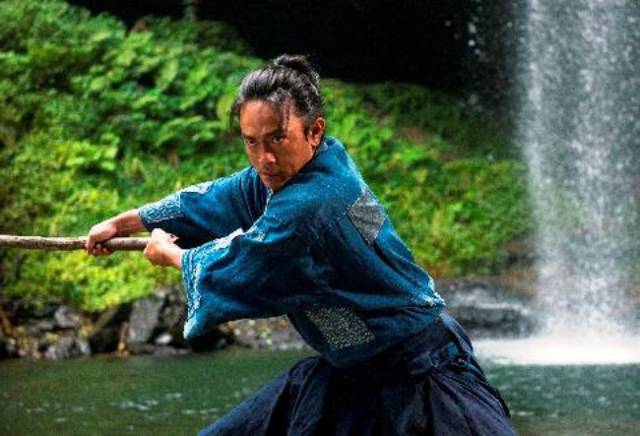
One day, bandits raid the quiet Tatara village, renowned for its steelworks and sword craftsmanship. Despite the arrival of samurai to protect the villagers, young Gosuke's mother is tragically killed while fleeing with him.
-
Samurai Fiction
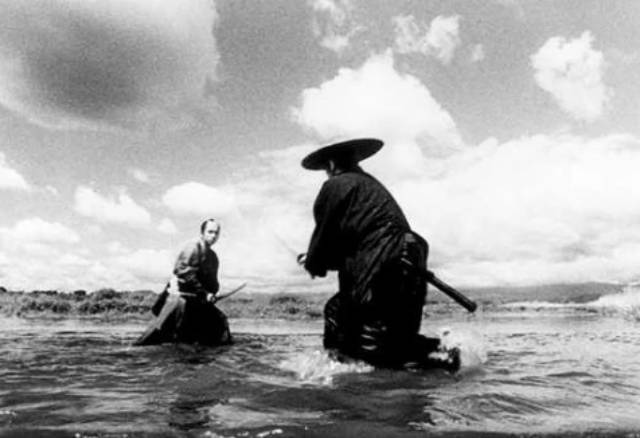
Samurai Fiction is a 1998 samurai-comedy film directed by Hiroyuki Nakano. The movie stands out for being filmed almost entirely in black-and-white, paying homage to classic jidaigeki samurai films. However, what sets it apart from its inspirations, including the works of Akira Kurosawa, is its modern twist, notably Tomoyasu Hotei's rock-and-roll soundtrack. A loose spinoff, Red Shadow, was released in 2001.
-
Rurouni Kenshin
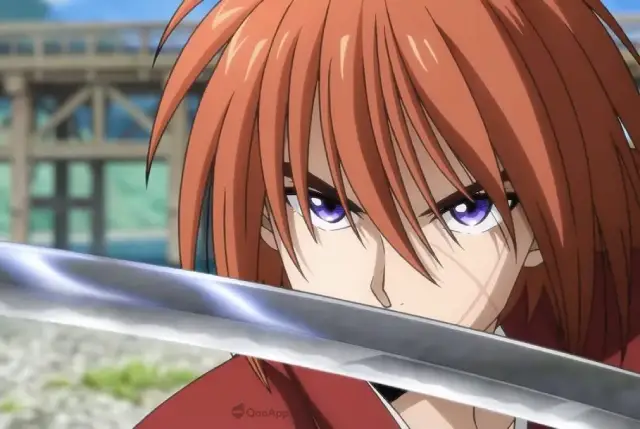
Rurouni Kenshin: Meiji Swordsman Romantic Story (Japanese: Hepburn: Rurōni Kenshin -Meiji Kenkaku Roman Tan-) is a Japanese manga series created by Nobuhiro Watsuki. Set in 1878, during the 11th year of the Meiji era in Japan, the story follows a former assassin known as Hitokiri Battosai. After his role in the turbulent Bakumatsu period, he adopts the identity of Himura Kenshin, a wandering swordsman who vows never to kill again. He dedicates his life to protecting the people of Japan. Watsuki crafted this series with the intent to create a unique shōnen manga, distinguishing it with a protagonist who is a former assassin and a narrative that becomes increasingly serious as it progresses.
-
Samurai Spy
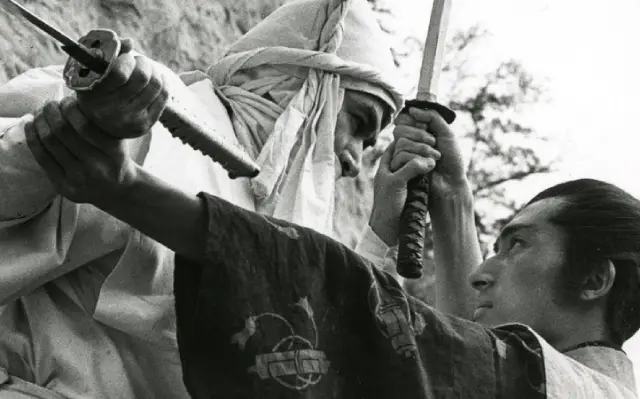
Samurai Spy (Ibun Sarutobi Sasuke), also known as Spy Hunter, is a 1965 film directed by Masahiro Shinoda, adapted from a novel by Koji Nakada. The film follows the legendary ninja Sasuke Sarutobi as he hunts the elusive spy Nojiri, while a shadowy figure named Sakon leads a group of men with their own designs on Nojiri. As the pursuit unfolds, the lines between allies and enemies blur, leaving everyone unsure of each other's true allegiance. Created during the height of the Cold War, the movie reflects the complexities and shifting loyalties of spies caught in the power struggles of their era.
-
Samurai III: Duel at Ganryu Island
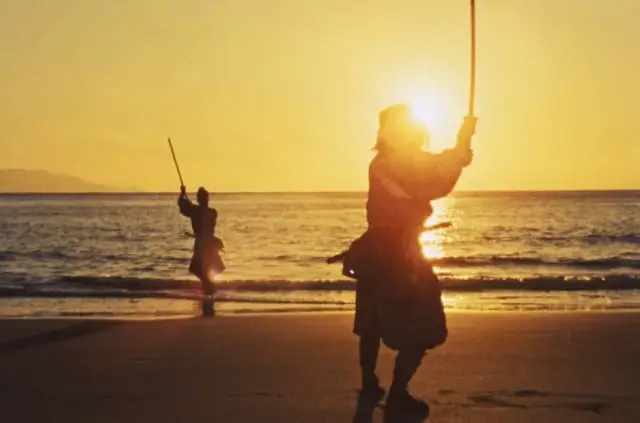
Samurai III: Duel at Ganryu Island (Japanese: Hepburn: Miyamoto Musashi Kanketsuhen: Ketto Ganryūjima) is a 1956 Japanese film directed by Hiroshi Inagaki and starring Toshiro Mifune. Filmed in Eastmancolor, it serves as the concluding chapter of Inagaki's Samurai Trilogy.
-
Samurai Marathon
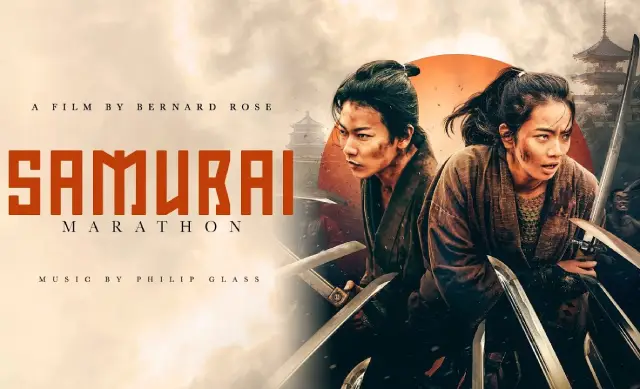
The producing team behind Takashi Miike's "13 Assassins," Jeremy Thomas and Toshiaki Nakazawa, reunite for another visually striking and action-packed samurai film. Based on a novel by Akihiro Dobashi, this film may not reach the same heights of relentless carnage or critical acclaim as its predecessor, but it still offers an exciting and occasionally humorous addition to the samurai genre, likely to resonate with festival audiences. This story of a literal running battle between rival samurai factions could see moderate success in theaters, though it may require more marketing effort without the ultra-violent appeal that made "13 Assassins" memorable.
-
Samurai II: Duel at Ichijoji Temple (1955)
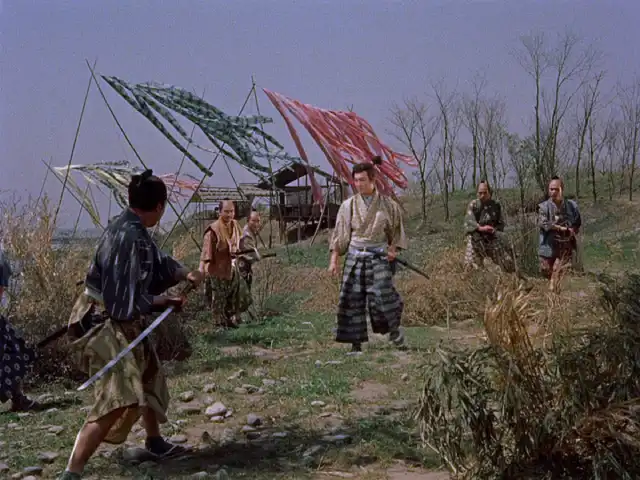
Duel at Ichijoji Temple (Hepburn: Zoku Miyamoto Musashi: Ichijōji no Kettō) is a 1955 Japanese film directed by Hiroshi Inagaki and starring Toshiro Mifune. Filmed in Eastmancolor, it is the second installment in Inagaki's Samurai Trilogy.
-
The Samurai I Loved (Semishigure)
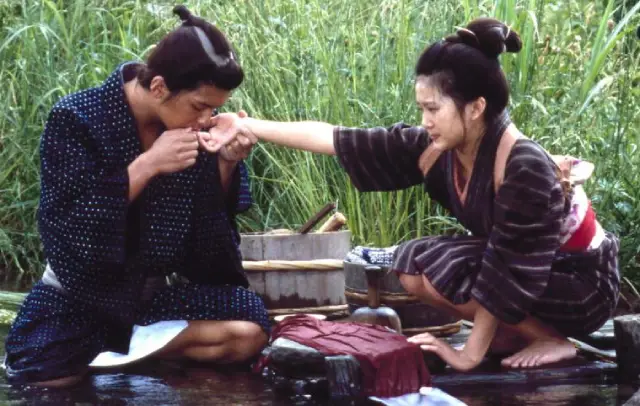
The costumes, settings, and script of The Samurai I Loved immediately transport samurai film enthusiasts back to the golden era of classic black-and-white samurai masterpieces.

